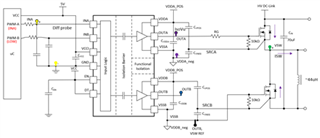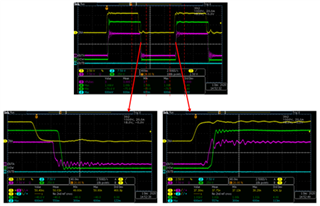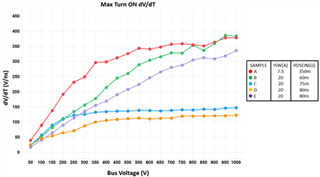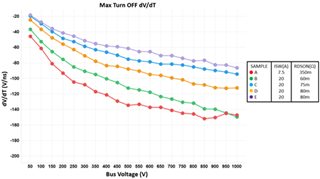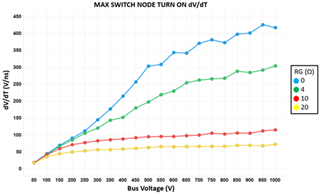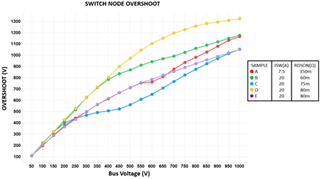What should we take into account when changing a FET? What components should be modified and how could this affect our overall system performance?
-
Ask a related question
What is a related question?A related question is a question created from another question. When the related question is created, it will be automatically linked to the original question.


